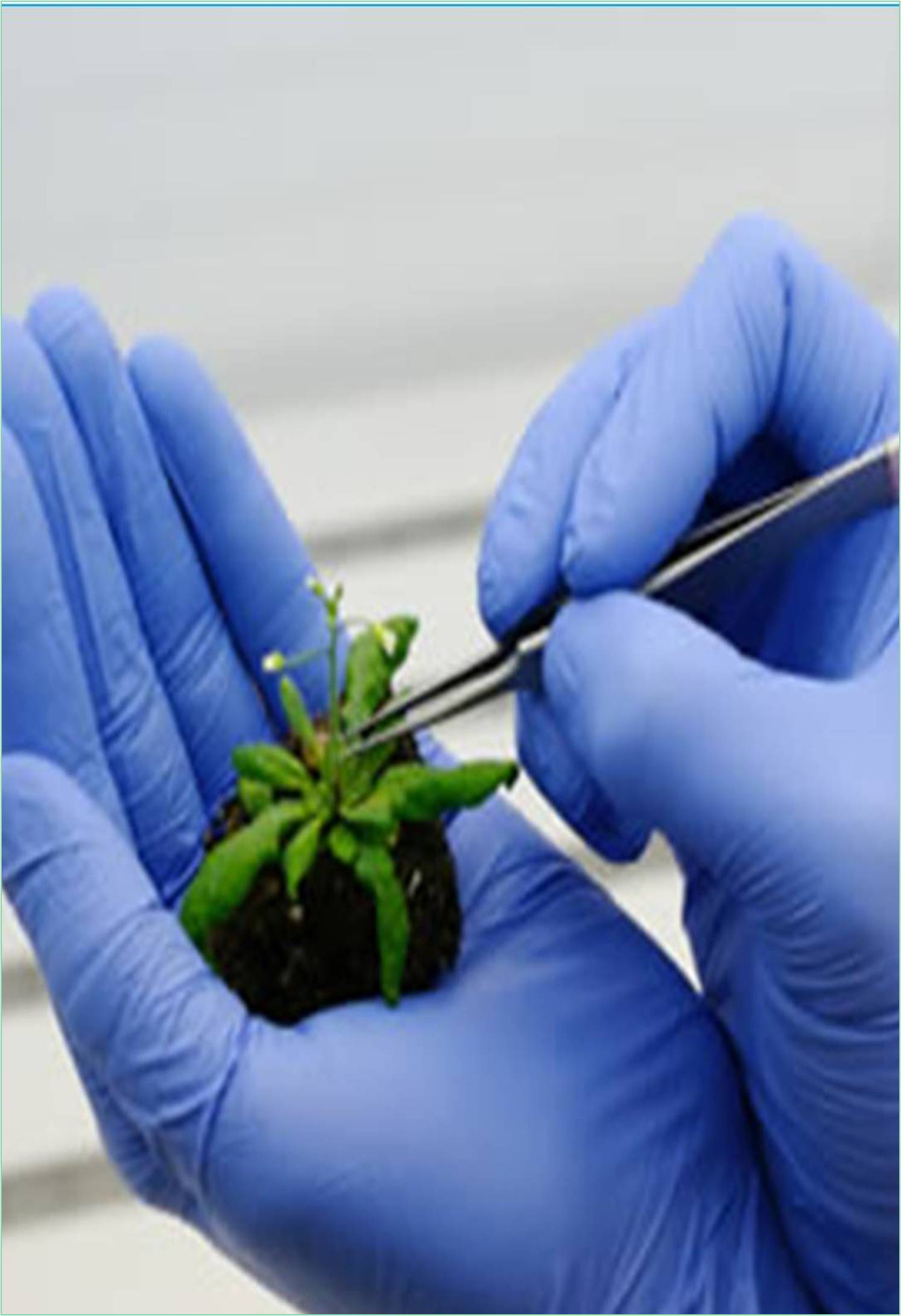



Received: 30-Mar-2022, Manuscript No. GJBB-22-10001; Editor assigned: 01-Apr-2022, Pre QC No. GJBB-22-10001; Reviewed: 15-Apr-2022, QC No. GJBB-22-10001; Revised: 22-Apr-2022, Manuscript No. GJBB-22-10001; Published: 02-May-2022, DOI: 10.15651/GJBB.22.10.34
Liquid chromatography (LC) is a separation technique in which the mobile phase is a liquid, where sample ions or molecules are dissolved. It is carried out either in a column or a plane. This form of chromatography uses a liquid transfer radio phase. Liquid chromatography uses solid stationary phases, and the main mechanism of retention is adsorption. Popular adsorbents are silicon dioxide and alumina, both retain polar compounds. Polarity mobile phases make it possible to clear dissolved solutes quickly from bed. Thus, the preferred mobile phase is nonpolar or slightly solvent.
American Chemist Lloyd R. Snyder instructed the electrical intensity scale based on the chromatographic behaviour of the selected holes on silica gel. Phase normal chromatography includes a polar fixed phase and a low polarity mobile phase.
Liquid chromatography uses a liquid phase and a stationary phase. High performance liquid chromatography uses small particles having molecular molecules attached to the surface to produce thin films having liquid properties. Lot of adhesion promoters are available. Polar auxin transport phases can be used by binding of nonpolar molecules to solids. This method is called reverse phase liquid chromatography. The partition coefficient depends on the identification information of both the moving stage and the stationary phase. However, the number of stationary phases is limited, and many of these liquids and combinations are used for mobile emissions. Mobile phase having a constant composition called isocratic.
Sample Collection
After detection, carving zones are described from the extrusion column or the carving zone from the static phase level floor. In elution chromatography, continuous elution samples are collected in the tube and called in a mechanically driven rotary tray that refers to the fraction collector. There is a similar configuration for condensing and detecting the solute from the exhaust gas stream. A large sample volume can be used to produce a relatively large amount of pure solute for further operations. This is the area of sort scale chromatography.
Detection Method
High resolution gas or fluid elution chromatography treats a small amount of solute from the detected column. The improvement of chromatography is notable from the improvement of the detector that accurately detects the dissolved substance in the presence of mobility treatment. The detector can be classified as a general detector that detects all dissolution solutes, regardless of unity, such as solutes containing halogens and nitrogen. Capture a limited number of disseminated species. The detector may be harmful so that detection does not change the characteristics of dissolved fire extinguishing, such as light absorption, so that they can be collected and further used. Destructive detectors, on the other hand, destroy dissolved substances. The detector contains not only the component that detects the solute, but also the component that performs the relevant transformations, electronic amplification, and final readout.
Detector Characteristics
There are three important detector properties. The first is the detection limit; this is the minimum amount of solute that can be measured in phrases of moles (mass sensitivity detector) or moles consistent with litre (concentration sensitivity detector). The important thing is to distinguish the sign from the random noise inherent in all digital systems. The second is sensitivity, Extrude with a character depth that matches the single extrusion of the melt mass. 0.33 is a linear change. That is, Diversity of solute quantity in which the depth of the sign is directly proportional to the quantity of solute.
Doubling the quantity of solute doubles the quantity of solute. The solute can also respond to the detector in other ways. For example, if equal amounts of methane (including carbon) and ethane (carbon) enter the flame ionization detector, the height of ethane can be twice that of methane. The detector acts as a carbon counter. To illustrate this, reaction elements can be set for each solute. The ideal detector preferably has a 0 volume. That is most effectively a very small amount of solute enters the measurement area, produces a mark, and a subsequent small amount exits faster than it enters the detector chamber.